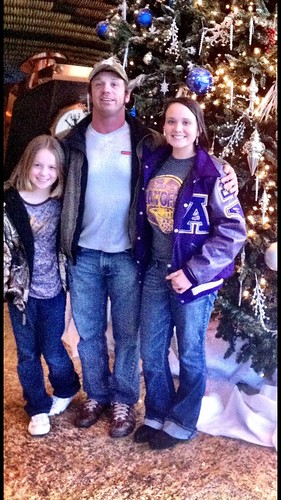Tional Chebulinic acid chemical information frames for the same fundamental scenario, with all the referents of
Tional frames for precisely the same standard situation, with the referents in the pointing gesture being, for instance, `item with texture of type x’, `item which can be similar to that other item we just saw’ and so forth. The pointing gesture doesn’t just indicate some spatial place, but instead it already consists of a specific viewpoint from which the indicated object or location should be to be viewed. And also the perspective is carried by the joint attentional frame. Humans can study pointing gestures based on joint attentional frames from as early as four months of age. Behne et al. (2005) identified that four month olds choose the right container inside the Object Selection task significantly above opportunity, as a result demonstrating that they realize the pointing gesture cooperatively. Infants also know that the `functioning’ of a joint attentional frame is specific to those persons who share it. Liebal et al. (in preparation) had eight month old infants clean up with an adult by choosing up toys and putting them in a basket. At one particular point, the adultthe meals. Following this `warmup’, the hider again areas a piece of food in one of many containers, but now the helper indicates the place in the meals for the ape by pointing at the baited container with his index finger (or by gazing at it). Variations of this method involve other kinds of communicative cues (Call Tomasello 2005) plus a educated chimpanzee in place of a human as the provider with the cue (Itakura et al. 999). The outcomes were the same in all these studies: the apes performed poorly, that is, they chose the right container at possibility level. They typically followed the human’s point (or gaze cue) to the container with their eyes, however they did not make any inferences from there concerning the place of food. That’s, they cannot use or exploit the information and facts that’s conveyed to them through the pointing gesturethey usually do not know what it indicates. When following the human’s point with their eyes, all they perceive is actually a useless bucket. To know that the point is not directed in the  bucket as such, but at the bucket qua place or qua container of a preferred object, the apes would want to know something PubMed ID:https://www.ncbi.nlm.nih.gov/pubmed/20332190 about cooperation or communication. They would need to understand that the other is trying to communicate to them one thing that might be relevant for the achievement of their objective. In other words, an understanding on the meaning on the pointing gesture presupposes a extra general understanding that other people may well desire to help or inform us about points which they assume are relevant for our purposes. And this understanding naturally goes beyond the apes’ socialcognitive expertise. The view that the challenge from the Object Option activity does certainly lie in its cooperative structure is supported by current studies utilizing a competitive version from the task. In one version, Hare Tomasello (2004), in place of pointing to the baited container, reached unsuccessfully for it. Superficially, this reaching behaviour is very equivalent to the pointing gesture: the human’s hand is oriented towards the container in which the food is hidden (the difference being that when pointing, only the index finger is stretched out, whereas in the case of reaching, all fingers point at the container). Even so, the chimpanzees’ response in the reaching version was incredibly diverse, as they successfully retrieved the food from the correct container. The reason for this should be that, although the two tasks are superficially highly similar, their underlying structure is quite.
bucket as such, but at the bucket qua place or qua container of a preferred object, the apes would want to know something PubMed ID:https://www.ncbi.nlm.nih.gov/pubmed/20332190 about cooperation or communication. They would need to understand that the other is trying to communicate to them one thing that might be relevant for the achievement of their objective. In other words, an understanding on the meaning on the pointing gesture presupposes a extra general understanding that other people may well desire to help or inform us about points which they assume are relevant for our purposes. And this understanding naturally goes beyond the apes’ socialcognitive expertise. The view that the challenge from the Object Option activity does certainly lie in its cooperative structure is supported by current studies utilizing a competitive version from the task. In one version, Hare Tomasello (2004), in place of pointing to the baited container, reached unsuccessfully for it. Superficially, this reaching behaviour is very equivalent to the pointing gesture: the human’s hand is oriented towards the container in which the food is hidden (the difference being that when pointing, only the index finger is stretched out, whereas in the case of reaching, all fingers point at the container). Even so, the chimpanzees’ response in the reaching version was incredibly diverse, as they successfully retrieved the food from the correct container. The reason for this should be that, although the two tasks are superficially highly similar, their underlying structure is quite.